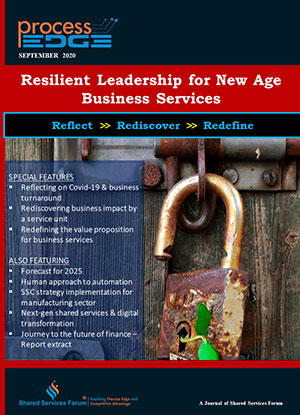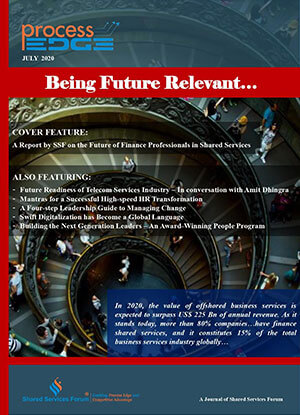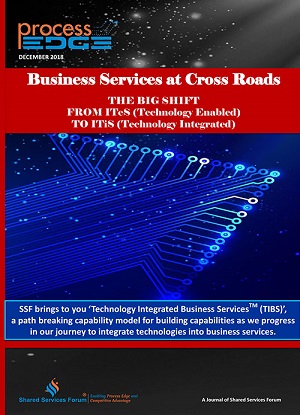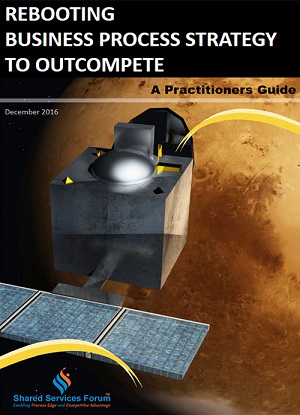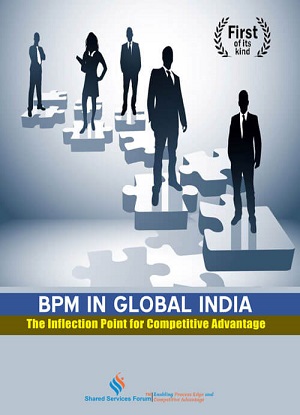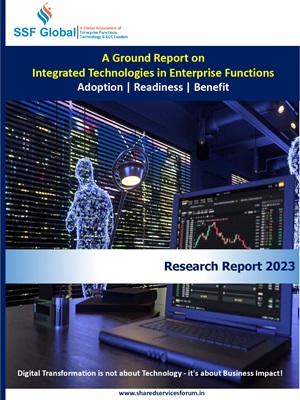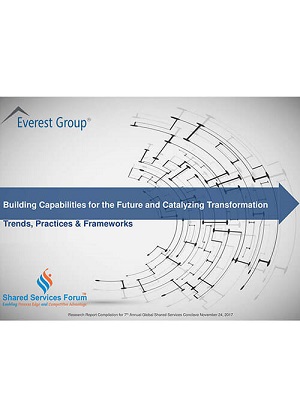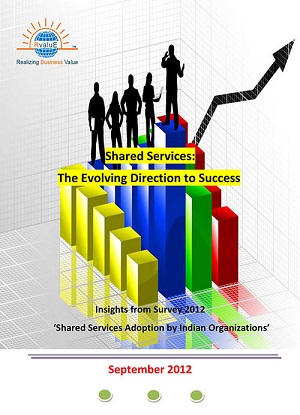
Would you like to start a conversation with other industry leaders to brainstorm a challenge or to just know more on a particular topic?
Engage in online discussions with your Peers
Start NowRobotics Process Automation (RPA) has evolved greatly over the years. Today, it is a key enabler of transformation, growth, and competitive differentiation for organizations, especially in the shared service centers where processes are standardized. It has successfully enabled early adopters to create a fast, accurate, cost-effective, round-the-clock virtual workforce. The wide-ranging applications and growing requirement for RPA implementation have propelled the technology to move from being an ‘isolated robot deployment’ mode to a ‘Centre of Excellence’ model providing Intelligent Automation across the enterprise. This is creating opportunities for System Integrators to become RPA partners and help enterprises embark on the path of automation.
RPA is well-suited for many business functions and back-office processes in finance and accounting, order management, and customer relationship management in multiple verticals. For instance, in the BFSI industry, software robots are used for repetitive tasks such as validating new accounts, filling and filing of forms, and updating databases. In the travel business, RPA can be used to take care of fare audit, passenger revenue accounting, and ticketing. In addition, it is ideal for IT Operations which are characterized by high-volume and highly transactional process functions. RPA can help IT companies to improve efficiencies, and save money and time.
Intelligent automation such as RPA supported by Artificial Intelligence can also prove to be of crucial importance in times of natural calamities, when human activities are impeded or stopped altogether. This was evinced during the heavy rains that lashed Chennai in 2015, causing floods that rendered the city inaccessible and resulted in power shutdown and communication failure. The operations of the Chennai airport are part of a centralized IT system that links to nine other airports in the country, so a collapse of IT services in Chennai would have impacted operations at the other airports too. Amidst the chaos of the floods, intelligent automation enabled the transition of all services from the Chennai airport datacenter to the disaster recovery center in Kolkata in a little over ten minutes, thus averting the possibility of a simultaneous outage at the ten airports.
This is just one example; in the near and distant future, the application of RPA tools will expand to perform far more complex tasks than it does at present. From a business perspective, RPA will enable superior agility, self-enablement, and exceptional experiences for businesses and customers. One of the main reasons why organizations see merit in RPA is the cost benefit; the cost of deploying software robots is, in the long run, significantly lower than that of dedicated personnel or service providers. But that’s not all; RPA offers other benefits too, all of them significant in driving revenues in a business environment.
Moving away from FTE (full-time equivalent) dependency: As clients seek to enhance value delivery, businesses that stick to traditional FTE models have a higher chance of losing out in price wars. And with the demand for gain-sharing models growing by the day, automation can assist in raising revenue per FTE and reducing costs.
Strengthening business performance: Many organizations work with a siloed approach, thereby increasing chances of poor performance. Automated tools can help bring various departments on a single delivery chain, and allow businesses to focus on transformative work, strengthen their governance framework, remove redundancies, and drive efficiencies at lower cost.
Integrating legacy systems and digital front-ends: RPA can help businesses modernize their existing legacy systems without cannibalizing them, and augment existing revenue streams with smarter and improved ones.
Driving scalability and efficiency: Automation, together with tools for smart data analytics, can help businesses analyze data on business performance, identify unnoticed roadblocks, and find ways to overcome them. And reusing successfully implemented automated tools for similar process can achieve higher scalability and efficiency.
Improving customer satisfaction levels: By automating complex processes and systems, businesses can achieve better control, reduce unintended errors and delays, and ensure regulatory compliances – all of which will help improve customer satisfaction levels.
If businesses are to achieve the results they want from RPA, they must employ an automated model that responds to changing requirements and considers the likely challenges they will face in its implementation. A siloed implementation of RPA might, for instance, obstruct the company’s IT infrastructure and security. The success of RPA also rests on having a well-defined roadmap to identifying the processes to automate, removing technical ambiguity, and including provisions to deploy RPA in existing outsourcing contracts.
It is clear that RPA is an essential building block in driving digital efficiency and effectiveness. And from where we currently stand, one can safely bet that RPA will prove to be a great value driver for businesses in the future, for its benefits are many, and the challenges rather small.
Source: ET Tech







